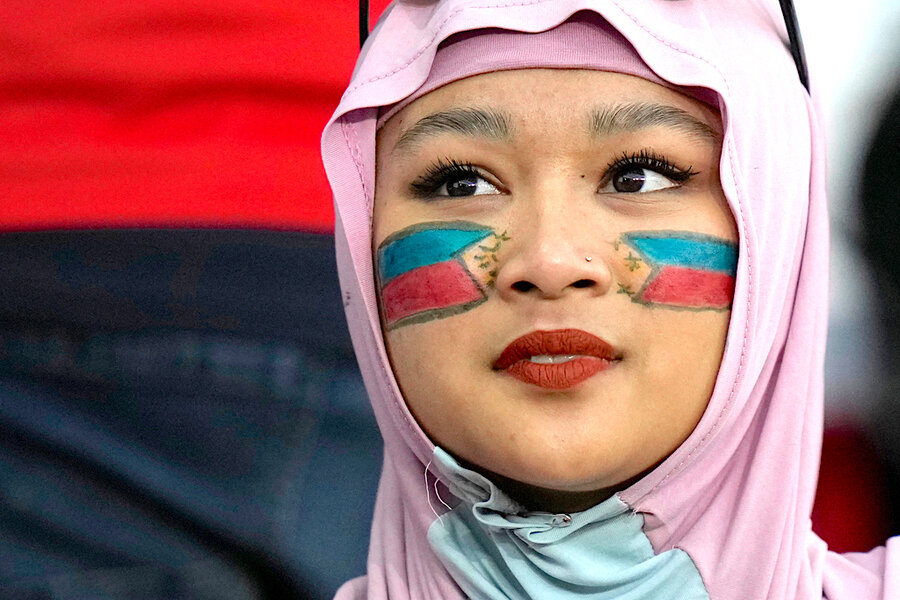The extra lift from Women’s World Cup soccer
Loading...
As a benchmark of social progress, the FIFA Women’s World Cup that got underway yesterday in New Zealand and Australia has much to applaud. For the first time, six countries will pay their female soccer players the same wages they paid their male counterparts in last year’s men’s World Cup.
That represents a hard-won gain. Yet economics is only one measure of value. This year’s tournament includes some surprising newcomers from countries or regions where women struggle for equality. Their ascendance to the highest level of international competition is evidence of the unique power of sports to uplift cultural attitudes about the worth and dignity of girls.
Take Vietnam, one of eight new teams making a debut this year. When the country’s Football Federation was established in 1989, girls were an afterthought. On Saturday afternoon New Zealand time (Friday night Eastern time), the women’s team will take the field against the United States, marking the first time the two countries have ever met in a sports match. The team’s rise charts a gradual societal shift marked by increased investment in education and opportunities for girls. The players are now national heroes.
“They have demonstrated the talents, intelligence, qualities, will and bravery of the Vietnamese people,” Prime Minister Pham Minh Chinh said.
Nearly 190 countries now have national women’s soccer teams. China now invests more in women’s soccer than in its men’s program. In Morocco, a focus on the women’s game in recent years by the Royal Moroccan Football Federation has helped transform attitudes across the Arab region. Last year, the country hosted the women’s Africa Cup of Nations. This year, it sent the first Arab women’s team to the World Cup.
“Sports don’t differentiate between genders,” said Idriss Benazzouza, a Moroccan fan who recently took his daughter to see the national women’s professional team square off against the national armed forces women’s team. “I teach [my daughters] confidence, not fear,” he told Voice of America.
“Once every four years, we get a chance to celebrate the millions of women and girls who play soccer around the world,” Human Rights Watch wrote during the 2019 Women’s World Cup. It is “a chance to reflect on the fact that in many countries, women and girls have to fight to even get onto the playing field.” Yet once they do, they are capturing hearts and changing minds.
Editor's note: The original misstated the time of the match between the United States and Vietnam.





